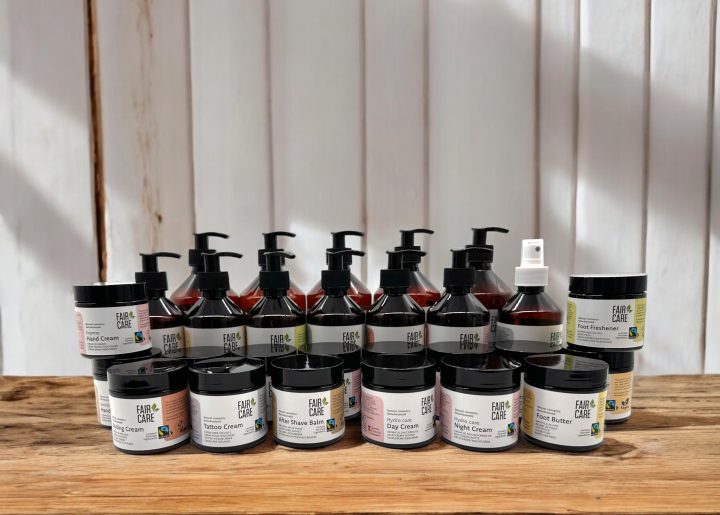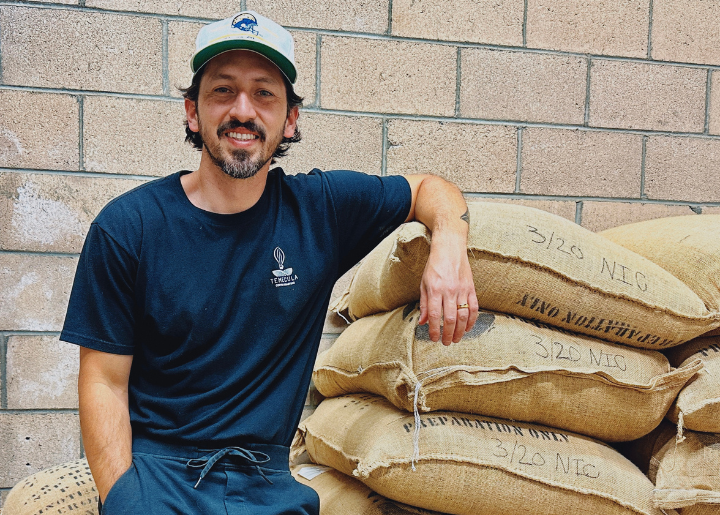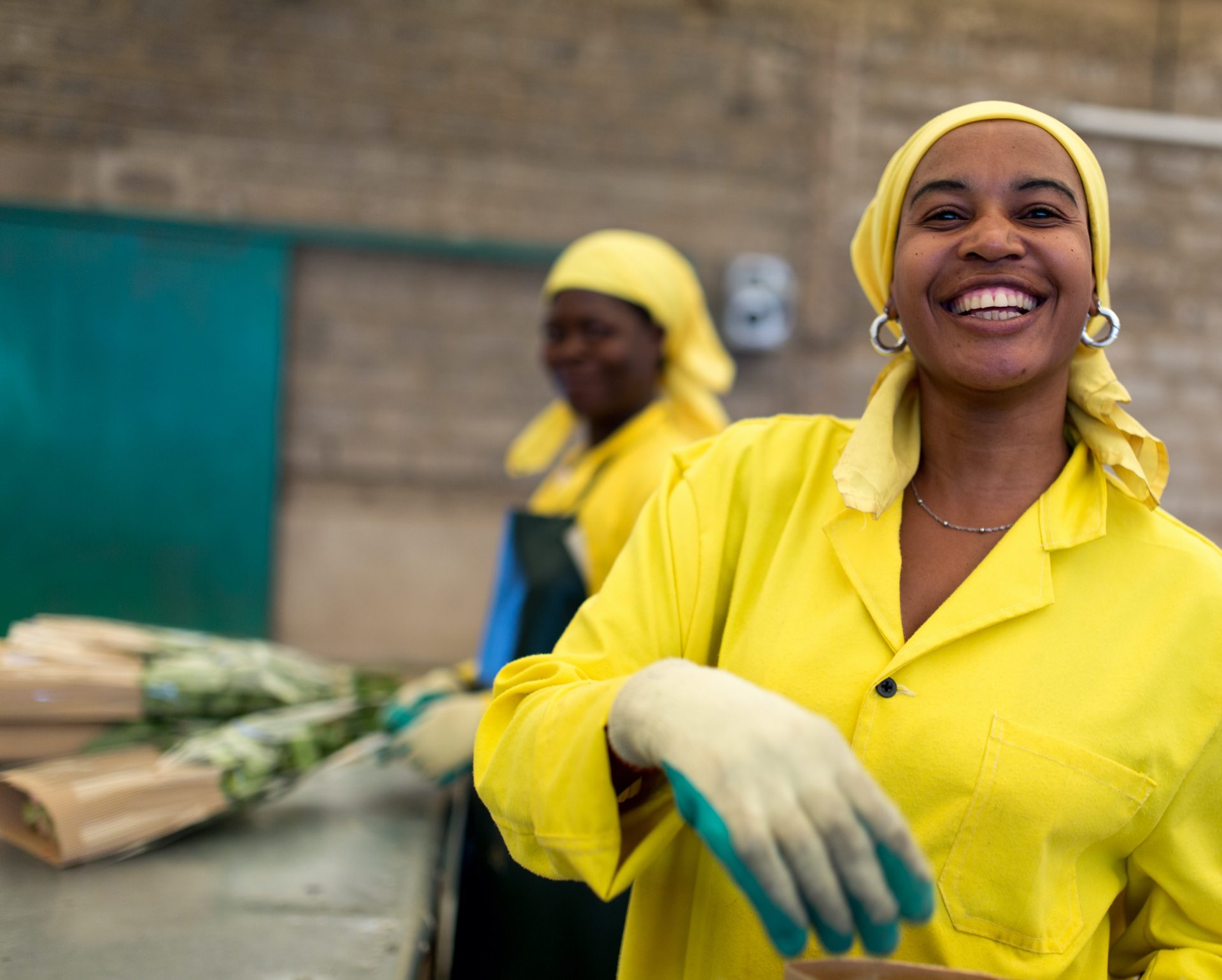Your guide to Fairtrade labeling
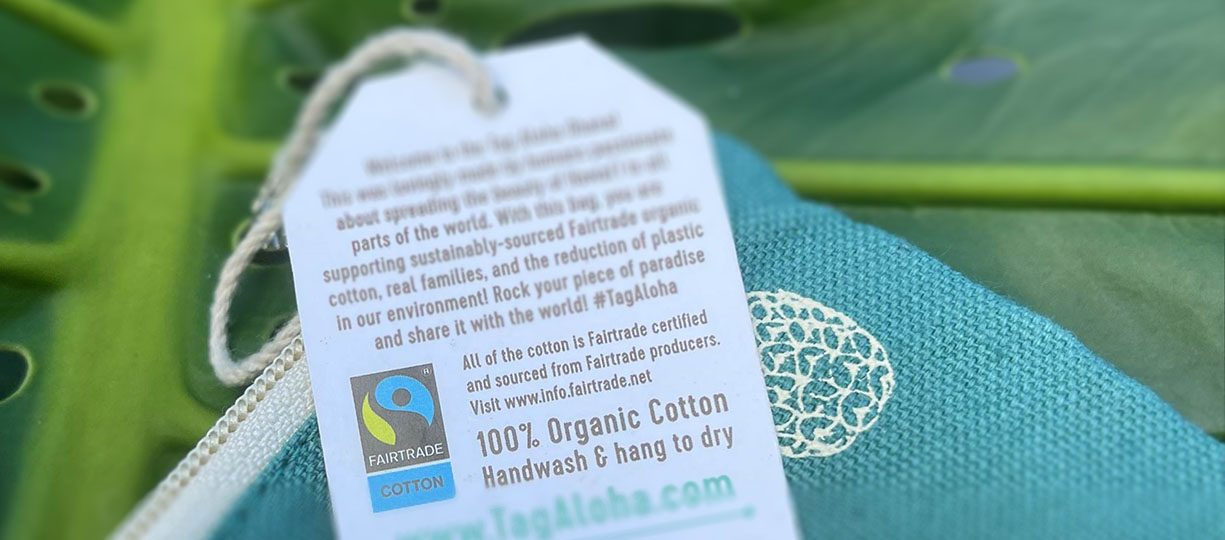
Savvy consumers are beginning to find a maze of labels in the grocery store. The fair trade landscape in the US has grown rapidly over the past few years, and it can become confusing to understand the difference between each label and certification. The point of these labels is to inform shoppers about what they’re buying and if it has been ethically sourced, but we know it isn’t always easy to understand what everything means.
A few questions come to mind: do all the logos, labels and words mean the same thing? What does a fair trade logo on a package mean? Why do some labels say Fairtrade ingredients while others just say Fairtrade? Can all products be certified as ethically traded?
To help answer the most frequently asked questions about fair trade labeling, we’ve put together this handy guide.
Not all fair trade is Fairtrade
The Fairtrade Mark is the symbol of the international Fairtrade system, supporting nearly 2 million farmers globally. While you might find other labels in the grocery store that say “fair trade,” the Fairtrade Mark is the only label that indicates a product is certified by the most recognized ethical labeling system in the world, following a rigorous set of social, economic and environmental standards. Fairtrade America is the US branch of the international Fairtrade system.
When you buy products with any of the Fairtrade Marks, you support farmers and workers with higher pay, better working conditions, improved sustainability, training and more.
Products carrying any of the Fairtrade Marks have gone through rigorous reviews of their supply chains; you can shop for these products with the peace of mind that your purchase supports fair trade practices for farmers and workers.
Not all products can be certified as Fairtrade
The international Fairtrade system certifies ingredients from the Global South, meaning that not all ingredients can be Fairtrade certified. Since our mission is focused on justice for the most vulnerable workers around the globe, our focus remains on certifying products like cocoa, bananas and coffee, which typically come from these regions.
This focus means that when you buy Fairtrade products, you can feel good about your purchase supporting the social justice movement and making a meaningful difference in people’s lives. See our impact stories to learn more about how Fairtrade supports farmers and workers.
The Fairtrade Mark
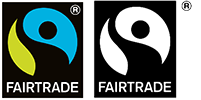
Depending on the product you buy, you may see one of several different Fairtrade Marks. At Fairtrade, we avoid greenwashing or claiming more than we actually do. We believe that consumers have the right to transparency in supply chains and to know what they’re supporting with their purchases.
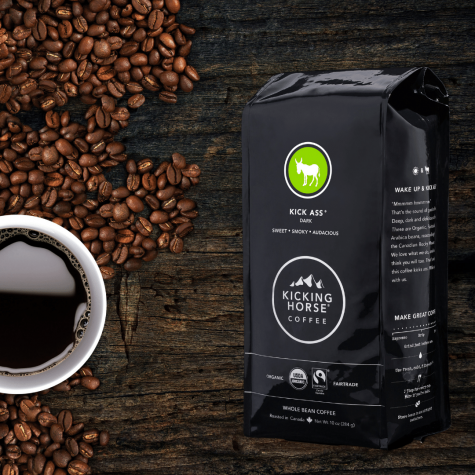
The original Fairtrade Mark has always stood for fairly produced and fairly traded products. It means that the product is fully traceable (kept separate from non-certified products) from farm to shelf. You see this Mark on single-ingredient products like bananas and coffee. Depending on a brand’s packaging, the original Fairtrade Mark may be green and blue or black and white.
A great example of a product with the original Fairtrade Mark available in the US is Kicking Horse Kick Ass® Whole Bean Coffee. With high-quality beans, a sweet smoky flavor and ethical production, you can feel good sipping on your cup of joe each morning.
The Fairtrade Mark with an arrow
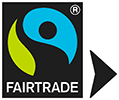
If you see the Fairtrade Mark with an arrow, the arrow indicates to look on the back of the packaging to learn more about the ingredients and sourcing.
This Mark with an arrow is used on products with multiple ingredients, such as chocolate bars or granola. All the ingredients that are available under Fairtrade conditions have to be Fairtrade sourced (e.g., all the cocoa, sugar and vanilla) in order to display this label. The minimum total Fairtrade content of the finished product must be at least 20 percent. For full transparency to consumers, the percentages of each ingredient are displayed on the back of the product package.
The Fairtrade Mark with an arrow is also used on single-ingredient products that have been sourced using “mass balance.” Mass balance is only applicable to cocoa, cane sugar and tea mixed traceability. It means these ingredients are generally supplied in bulk and mixed during shipping and manufacturing process, however the actual volumes of sales on Fairtrade terms are tracked and audited through the supply chain. The amount sold as Fairtrade must match the amount purchased. This way, the farmers and workers receive the full benefits from fair trading terms from selling that amount of product.
Still confused about traceability and mass balance? Watch this video.
You may have seen this Mark in a grocery store near you on Navitas Organic Keto Cacao Powder. For conscious consumption and a paleo diet, this cocoa powder really hits the spot!
The Fairtrade Sourced Ingredient Mark

The white Fairtrade Mark indicates that the ingredient named on the tab has been sourced as Fairtrade, such as Fairtrade cocoa in a breakfast cereal. The other ingredients in the product have been sourced with other methods.
Up to two Fairtrade Sourced Ingredient Marks (FSI) can be used on the front of the packaging. If the mark also has an arrow, that indicates that the ingredient was sourced using “mass balance” and points to more information on the back of the package.
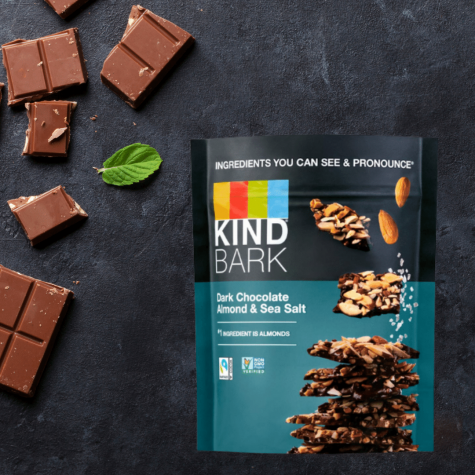
You may be wondering: why does Fairtrade offer different labels? Why doesn’t Fairtrade require 100 percent Fairtrade ingredients?
This label allows farmers and workers more opportunities to sell their commodities on Fairtrade terms by increasing the number of products that can include Fairtrade certified ingredients. Regardless of the model under which a company purchases a commodity on Fairtrade terms, the benefits for farmers and workers are the same – the more sales that are done on Fairtrade terms, the more that producers obtain benefits like improved earnings from the Fairtrade Minimum Price and Fairtrade Premium.
This label is also meant to provide consumers the transparency they deserve—knowing which ingredients are sourced from Fairtrade farms and giving consumers more opportunities to shop sustainably. Ingredients sourced under this model are be certified using the same Fairtrade Standards.
An excellent example of the FSI Mark is KIND Bark Dark Chocolate Almond & Sea Salt. Not only is it delicious, but the dark chocolate is ethically sourced so you can feel good about indulging in this tasty treat.
Fairtrade Marks for Gold and Cotton
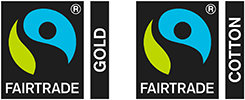
Two products have their own specific Marks: gold and cotton. The Fairtrade Gold Mark stands for the fair extraction and trading of all of the gold used in a piece of jewelry, as well as the gold’s physical traceability throughout the supply chain. This certification may also be indicated by a stamp on the final piece of jewelry.
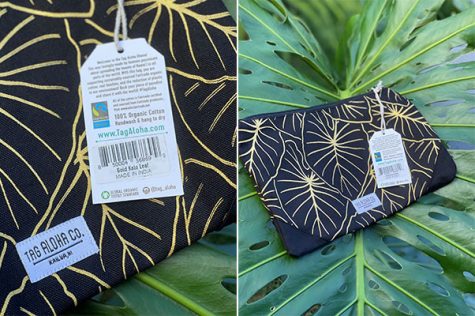
The Fairtrade Cotton Mark indicates that a product is made with raw cotton that has been fairly produced, traded and traceable through all stages of production. Products with the Fairtrade Cotton Mark are separated from non-Fairtrade cotton during processing. Blended fabrics, such as cotton/polyester blends, can only carry this label if 100 percent of the cotton used in the blend is Fairtrade certified.
Tag Aloha’s commitment to Fairtrade cotton is showcased on their stunning bags from Hawaii. Featuring the Fairtrade Cotton Mark, Tag Aloha’s Gold Kalo Leaf Clutch shows how the mark is displayed prominently on the hang tag for shoppers like you to read about fair sourcing.
Fairtrade Textile Production Mark

There is also a Fairtrade Textile Standard which mandates ethical production of a textile or piece of clothing – you may see a garment with tags that show it is both made from Fairtrade cotton and certified under the Fairtrade Textile Standard.
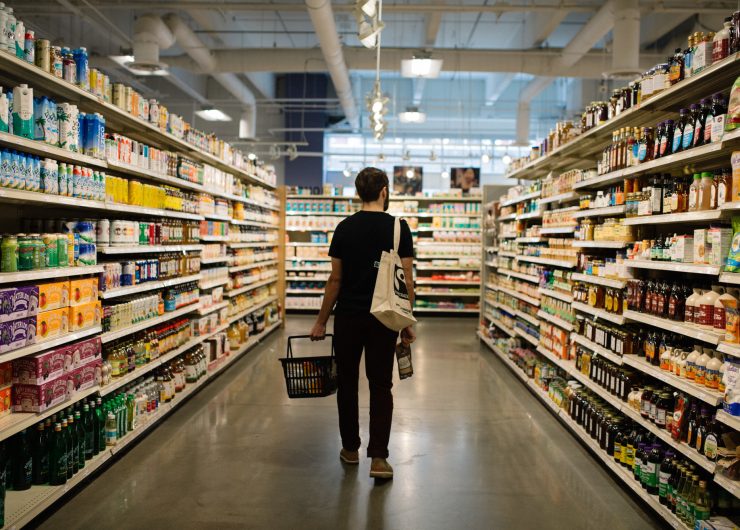
Look for the logo
Now that you understand the difference between each label, you can shop with confidence for products with the Fairtrade Mark. Buying ethical products that have been fairly sourced really can be that simple!
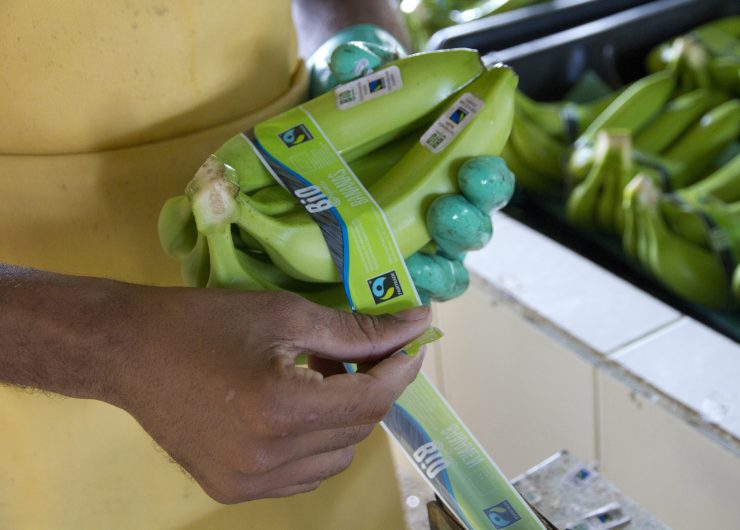
How to use the Mark
If you are currently licensed by Fairtrade to carry the Fairtrade Mark, please consult the official Mark Use Guidelines and contact the Client Support Team for any additional questions.
Topics
We’re in this together
Fairtrade America partners with brands on the journey to certification and beyond. We can help with everything from finding a certified supply chain to marketing your newly certified product.
Get in Touch


